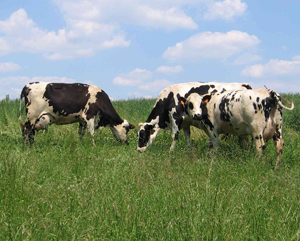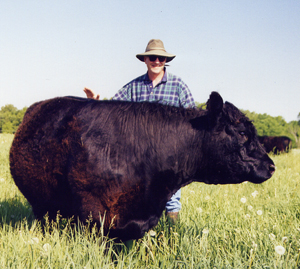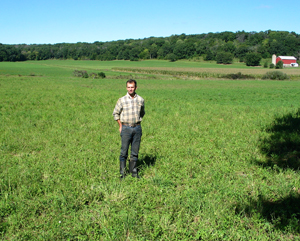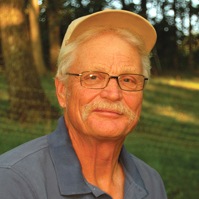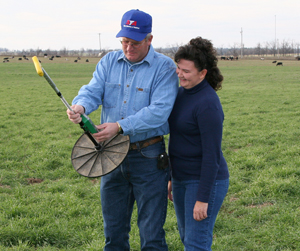By Janet McNally, Hinckley, Minnesota — Seventeen years ago, Kelley O’Neil handed me a tattered magazine clipping from the April 1990 issue of Beef Today. Headlined “Stop Farming Your Ranch,” the article was festooned with handwritten comments, circled paragraphs, and underlined sentences. Kelley, a beef and sheep producer near Rushford, Minnesota, had long been a source of valuable ideas and philosophies.
I was definitely receptive to change in 1990. The lamb market was riding a roller coaster, ranging from $1.00/lb. to below 50 cents over a 10-year period. I had been pushing production continually higher, using all the latest practices promoted at the time. These usually entailed ever greater purchased inputs, such as more feed, higher-performing rations, antibiotics, and more labor. This was the era of “clip, dip and strip,” where we did everything possible to save every lamb and make it grow as fast as possible. Continue reading “Stop farming your ranch!”

